5 Creative Ways to Gamify App User Onboarding
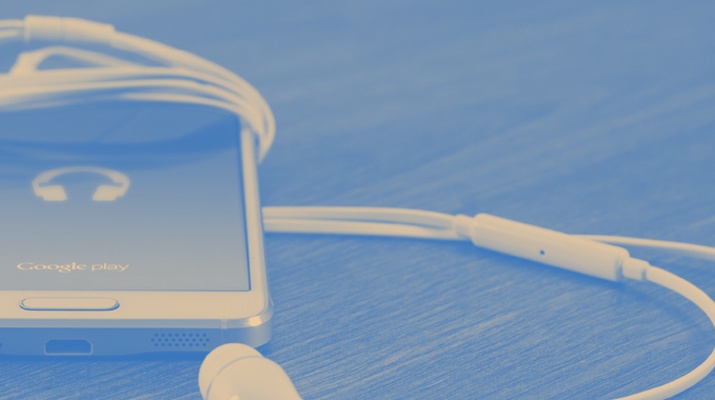
5 Creative Ways to Gamify App User Onboarding
Nearly half (44%) of app users download an app for fun. Learn 5 strategies for incorporating game design into your mobile app onboarding process.
People like to play games because they are inherently drawn to competing, achieving milestones, and successfully finishing tasks. They thrive on the sense of purpose and the need to win.
More importantly, they love to get recognized and rewarded for their achievements.
The app onboarding process is crucial for turning new users into long-term active loyalists.
Because 44% of users download an app “for fun,” incorporating game design into non-game experiences is one strategy for keeping app users engaged.
Here’s our list of 5 gamification strategies that will get your app users to stick around:
- Progress bars
- Badges and stickers
- Level ups
- Redeemable rewards
- Interactivity
1. Progress Bars
Using a progress bar to display users’ stage during app onboarding is a visual way to encourage them to complete the process. It’s similar to offering feedback on the time it will take to finish a task.
Progress bars are especially effective for account-focused onboarding flows. Account setup usually requires more effort from app users, and logging their progress from start to finish keeps them focused and interested.
For example, the professional social networking site LinkedIn uses a progress bar to monitor how far a user has reached in her account setup process:
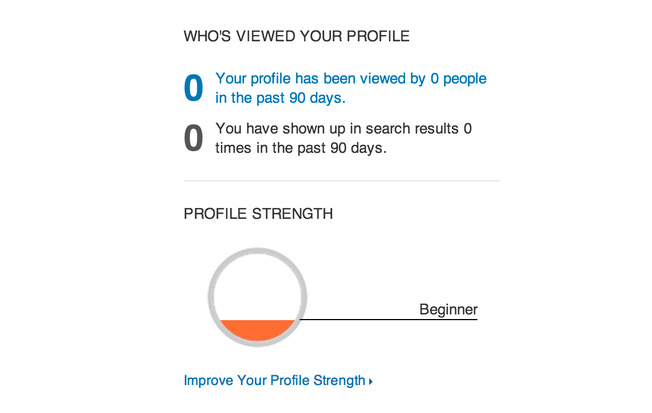
A beginner account means the user has not completed all the steps in the onboarding process and should continue to build out her professional account.
A progress bar might come across as a simple design element, but it can have a huge impact on user psychology. People inherently dislike leaving tasks incomplete, and this technique can help make onboarding a success.
2. Badges and Stickers
Games are attractive and addicting because they elicit a sense of achievement. Consider creating a similar sense of achievement in your app onboarding process by offering in-app rewards such as badges and stickers.
These virtual rewards are not tangible, and most of the time, they don’t carry any real-life value, but people are inherently attracted to obtaining more rewards.
Non-game apps use offer intangible rewards during app onboarding to engage new users and motivate them to take further action.
The reading app Kobo rewards users who complete specific tasks in its app with badges.
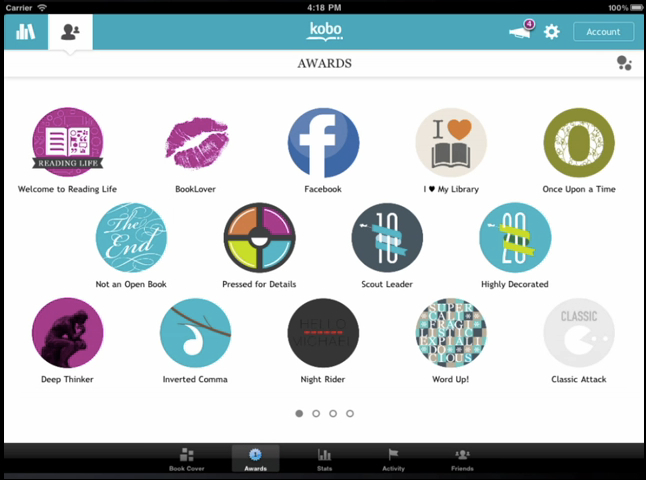
Notice how there is even a badge for becoming a new user.
Rewarding users as early as onboarding, such as when they sign up or use a feature for the first time, can motivate them to take further action and get even more recognition.
3. Level-Ups
Instead of simply logging your app users’ onboarding progress from start to end or rewarding them for completing specific tasks, take things up a notch by leveling up users who achieve progressive milestones within the app.
For example, when an app user first creates an account, you may assign them to a “rookie” level to show there is room for progress.
The navigation app Waze levels up its users by assigning each an avatar that evolves as they use the app more.
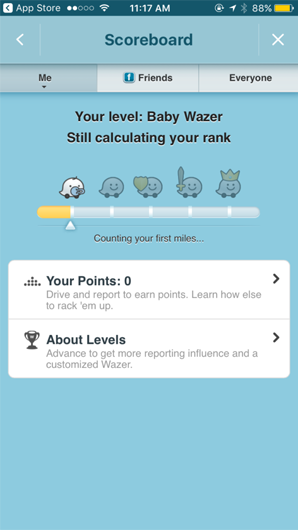
Waze introduces these levels to new users during onboarding by showing them a baby avatar. This grabs app users’ attention right at the beginning and motivates them to progress further and level up by interacting more with the app.
What’s even more interesting is how Waze rewards its users’ first times such as “first 10 miles” or “first report of a map problem.”
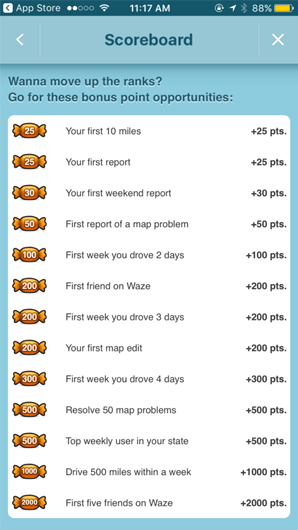
Waze’s combination of level-ups and point rewards encourages app users to engage with multiple features.
4. Redeemable Rewards
Redeemable rewards focus on keeping users engaged for longer periods of time and usually increase in value the more a user interacts with an app.
You can offer redeemable rewards to users as early as onboarding by rewarding them with points or stars for signing up or completing tasks for the first time.
The Starbucks app is one example of using redeemable rewards during app onboarding and throughout the users’ lifecycle with the app.
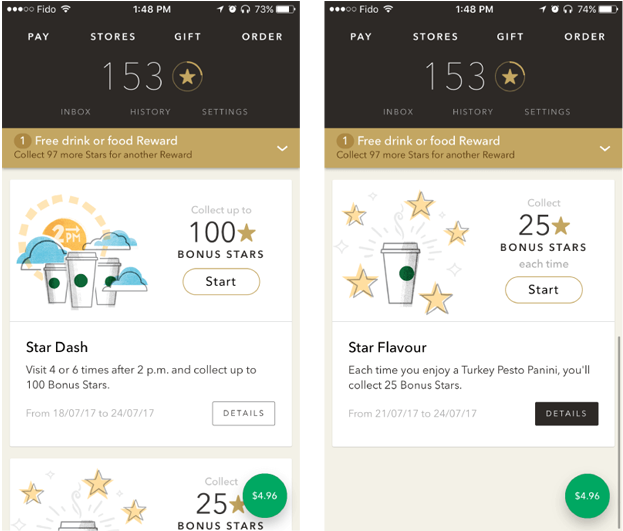
The Starbucks app offers users stars – points they can collect on purchases, which can be redeemed later for goodies.
Redeemable rewards can also stay virtual.
The election-voting app created by the Hillary Clinton 2016 Presidential Campaign rewarded users with stars every time they completed a specific task or activity.
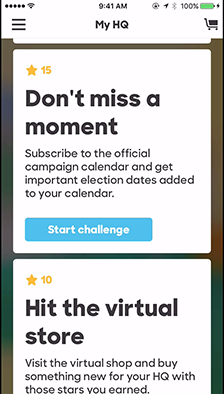
These stars could be exchanged for various virtual goods, such as furniture, which could then be used in the app.
5. Interactivity
The more interactive you make your onboarding process, the more likely you are to engage new users.
Active user participation during the onboarding process gives users a sense of ownership of their actions within the app because they know their input matters.
Moreover, it makes the entire app onboarding process fun.
Lookout, a mobile security app, onboards new users with a quick, interactive quiz to explain the app’s purpose instead of a boring tutorial.
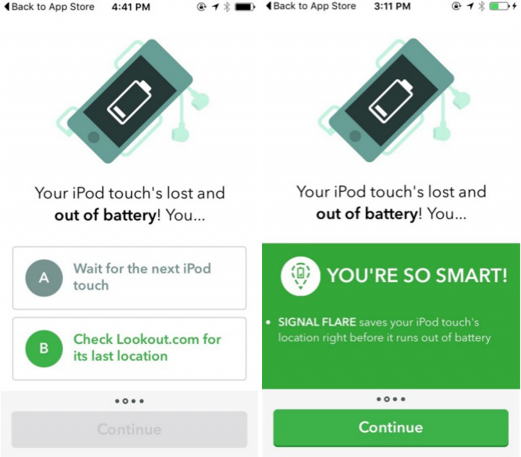
Lookout’s quiz subtly reveals some of the app’s features during the quiz.
The interactive element gamifies the onboarding process and gives users a sense of achievement too, such as when they click on the correct’ answer.
You can integrate interactivity in your app onboarding in so many different, creative ways. Even something as simple as clicking on bubbles to select preferences can make an otherwise boring, form-filling process fun.
Foursquare uses this technique to onboard new users.
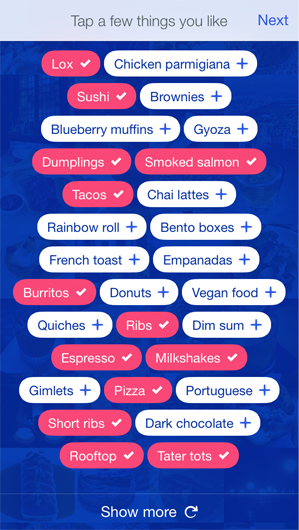
The colors and design elements make the entire task feel like a game. And, of course, who doesn’t like tapping on their favorite food?
Gamifying the App Onboarding Is Positive for Your Business App’s User Experience
Incorporating interactive elements into your app onboarding flow can engage new users more effectively than traditional, slideshow onboarding. It personalizes the experience for your users, making them feel connected to your app.
However, avoid adding too many gamification elements. If you want to project a professional tone, choose one or two of the strategies outlined above.
Overwhelming users with game design elements may distract them away from the purpose of your app.
Use gamification only when you need to, and always keep your goals in mind before incorporating game elements.
Remember, what works for one app might not work for another.
The gamification techniques mentioned in this article are just the start. Be creative, and learn from other apps (and games) for inspiration.
